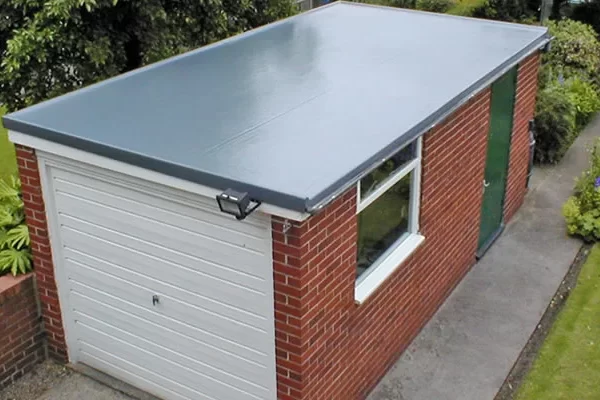What is a rent roll?
The rent roll might only appear as a paper containing information about the rental property (e.g., rent or the payment, lease or the duration of stay in the unit, etc.) at a glance. However, this seemingly innocuous document will be the key to help both the owner and buyer get the most of their purchase and assets, respectively.
John Wilhoit Jr. stated that a rent roll is the “property owner’s representation of rental income derived from an income-producing real estate asset.” in his book How to Read a Rent Roll: A Guide to Understanding Rental Income (2013). This property manager also likened this into a “snapshot” of payments agreed under valid leases.
This meaning sounds simple enough but for those who still have a hard time fully grasping the definition, worry not! This statement can be broken down into two main parts: representation and real estate assets.
What does rent roll represent?
First, having this document is a standard for those in business lease agreements. It has been stated that owners will have a hard time double-checking and evaluating necessary information for the property’s management without this easy-to-digest sheet.
Rent roll represents in concise detail the reports about the property, its tenant, and their rent.
This tool is an important factor for anticipating rental property financial performance such as net operating income (NOI) and internal rate of return (IRR), to name a few.
What is a real estate asset?
Composing a rent roll is dependent on the property type and its area, which is usually either residential or commercial for real estate properties.
One website states that investing in rental property is the safest and most rewarding tangible investment due to its high profit with low risks.
Simply put, this second factor refers to the kinds of property that attract different kinds of buyers.
Rental properties can be
- Single-family houses such as townhouses and apartments
- Condominiums
Condos, unlike single-family type, have shared amenities for the tenants. Examples of these are a public swimming pool, gym, receiving area, and private parking, which are maintained by the building’s management.
- Multi-family houses
These properties have no common space and their units are rented separately. Property management consultants typically mention this type when discussing rent rolls.
- Recreational homes situated either in tourist sites or remote areas
Who uses the rent roll and why is it important?
A lot of people utilize these detailed financial reports. A rent roll is crucial for building owners and their buyers, investors, property managers or landlords, and lenders. This tool is a major factor in ensuring consistent cash flow.
Before discussing the function of rent rolls to the aforementioned groups, it is important to know that this document excludes the deducted rent by insurance and taxes; it only contains data about the expected and actual collected income from the tenants.
1. From the discussion above, it is already obvious that building owners and their tenants need this tool. Owners perform rent roll analysis to evaluate if their property is generating a stable gross net income, and in some cases, this document can support the landlord’s decision of increasing rent because tenants have a good track record in paying.
2. This is also a useful reference for buyers planning to sell their properties eventually. This document assures investors if this real estate is truly an asset.
3. Property managers can also detect underperforming tenants in this report. If landlords do not use rent roll in their management, they may let these slow payers be left unchecked, thereby resulting in unwanted profit loss for the property.
Underperforming tenants refer to those who pay their rents late or those who over- extend their stay, even if their leases are over.
4. Money lending institutions, like banks and lenders, use this document to appraise the potential income capacity and value of the real estate property. Another website cites the property’s turnover rate as a factor to determine the competence of the management in its responsibilities like tenant screening, and if the facilities are of high-quality.
What to include in the rent roll?
The importance and purpose of rent rolls have been discussed. Now, it is time to know the actual information inserted in this form.
Experts have encouraged both small and large property owners to create this document via Microsoft Excel, Word, or Google Sheets. Remember that conciseness and simplicity are the only factors to consider when composing this sheet.
Regardless of the specific application and layout used, the rent roll typically includes data about:
1. Identification
This section is typically the first thing to be answered.
- Tenant’s legal full name
- Date filled out
- Complete address with postal code
- Property’s area type (residential or commercial)
- The Property’s management (its logo or brand name) if preferred
2. Details of the rental property
- Unit number
- Number of rooms (e.g., bedrooms and bathrooms)
- Square footage
- Lot size
- Special features
These pertain to facilities that might increase your property’s value. Examples are spacious garage, basement, storage room, swimming pools, nearby landmarks, and recreational spaces
3. Income-related information
- Lease start date
- Security deposit collected
This is a safety measure for owners to ensure that they would not lose profit if ever the potential tenant discontinued the first-month purchase.
- Rent with the paid date
- Past due rent
- Lease end date
- Additional expenses (maintenance or repair for utilities)
- Comment/s if any from the property manager
3. Summary of accumulated rent
This section divides the total amount received during each month and each year.
- Monthly rent collected
- Yearly rent collected
Conclusion
This article has discussed the definition, its general and specific usage, and the elements required for composing detailed financial records.
In any business, risks exist even in trusted ventures like rental properties. Lessen this with orderly management through rent roll because successful rental property owners know to never underestimate its benefit.





